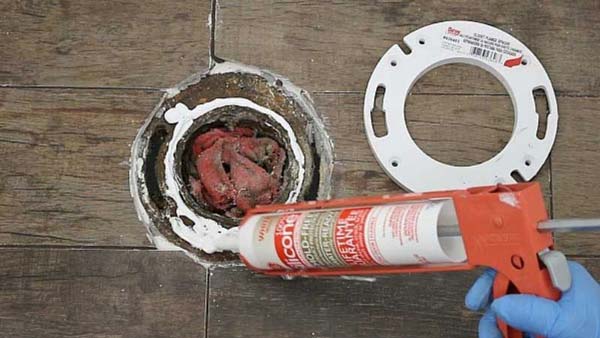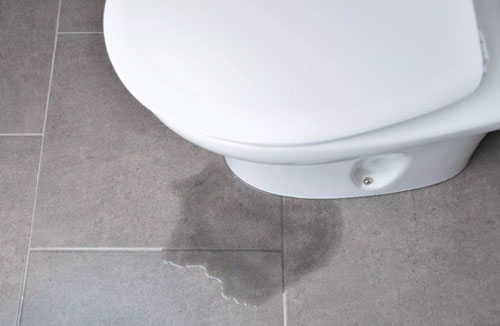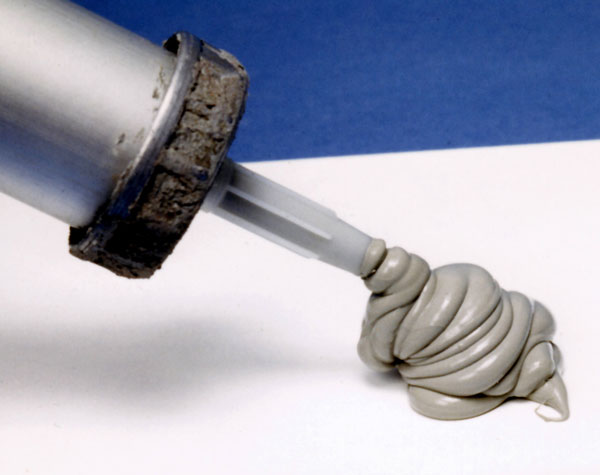Toilet Flange is the part that connects the toilet’s ending to the floor’s base. The flange pipe is made of plastic or PVC-based material, and its primary goal is to create piping for the toilet waste to leave through the wastewater line.
It’s likely that you’ve gotten two answers to the question, “Should I caulk around toilet flange?” There’s always a group of people supporting the idea that you should caulk around a toilet flange, and then there’s another group that supports otherwise.

We’ll talk about why some people contradict the idea of caulking around toilet flange as well as break down the factors behind refuting the idea.
In the process, we’ll discuss the fallacy behind the misconceptions. It’s important that you know both the supporting and negating points for this.
Table of Contents
Ideas against Caulking
Let’s talk about why the idea that caulking shouldn’t be done around a toilet flange became so popular;
Wax Sealing
This isn’t a problem of caulking, per se. When a plumber acts over-competent and thinks wax sealing is enough for preventing flange leaks and leaves caulking completely, the results can be noticed from a flange leaking too soon.
Both Wax Sealing and Caulking are necessary. It’s not that you can choose one and leave the other. You shouldn’t leave any of the options to make the best leak protection possible in a flange line.
The issue can be attributed to misconceptions a few plumbers have and, as a result, makes a mistake.
Water Blockage
If a flange isn’t fixed well, it can easily leak within a short period of using the toilet. But the good thing is that water leaks are easily detectable even before they become a serious problem. You can take caution as soon as you notice small leaks in the flange piping.

But when there’s a ring of caulk around it, things get complicated. If a leak happens, the leaking water won’t be able to come out of the flange seal and fall on the toilet floor.
The leak can be noticed when the caulk gets damaged by the water overflows through it. But what damage had to be done will be done at this point.
Repair Problems
The idea that caulk removal is an extra step while repairing flange and water pipes doesn’t seem so illogical. In fact, there’s good logic behind this.
Suppose a repairer cannot remove a caulk properly off of a floor and instead cause permanent scratch or damage around the caulking; this doesn’t seem impossible.
Also, it’s true that without the hassle of removing caulking, opening and fixing a flange line can be done quite easily and quickly. Caulk removal takes time, and an unskilled repairer can make a big mess if he doesn’t know how to remove caulk effectively.
We’ve seen the issues with caulking. Let’s see how caulking can be a better idea.
Benefits of Caulking
Properly caulking can negate the ideas popularized by bad caulk and flange connections. Let’s see how-
Stable Ground for Flange Line

Ensure two things – first, both the flange joints are set up well, and second, the caulking is done thoroughly around and in the flange. By doing this, you can easily achieve a solid ground for a toilet base.
However, the caulking will get loose with time, and this can easily be noticed by some movements in the toilet seat. You can attach a new flange afterward.
Leak Prevention
Not being able to see water blockages is a common issue with caulked flanges. But there’s another side of the coin here. The problem comes from another problem: not setting the flange connection properly from the start.
A faulty flange line will leak. It’s inevitable. Caulking isn’t responsible for causing leaks in the flange line, but a faulty connection is. If a flange line is connected well with bolts and wax seals, then caulking will make leaks rather impossible to happen.
Protection from Waste Smell
A good wax seal and caulking around the flange can prevent water from escaping to the floor below the toilet floor and cause a permanent stink.
If water under the flange line and toilet can be drained off easily, this didn’t have to be an issue. Sadly, it’s hard to drain or remove water from those areas, and that’s how stinks happen.
Wrapping up
So, does the question – “Should I caulk around toilet flange”? still, mess with your head? It shouldn’t anymore.
But, for caution – don’t try to use only a single item from these – caulk, bolt, and wax seal. You can only achieve a proper seal around your toilet’s flange when you combine all three of them.
Read more:
